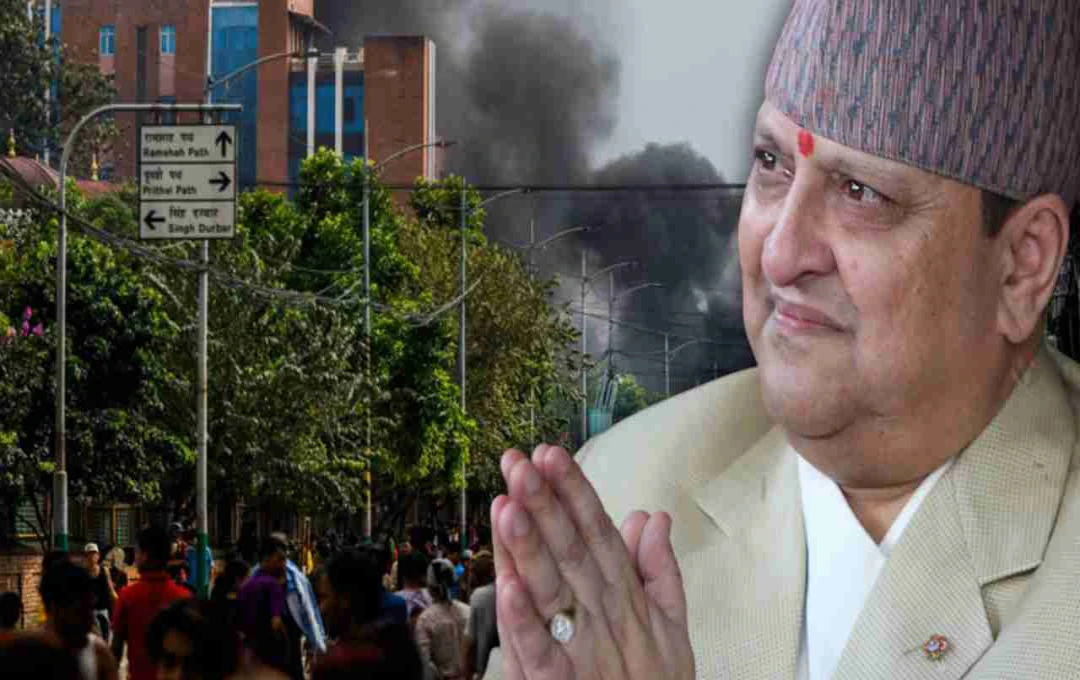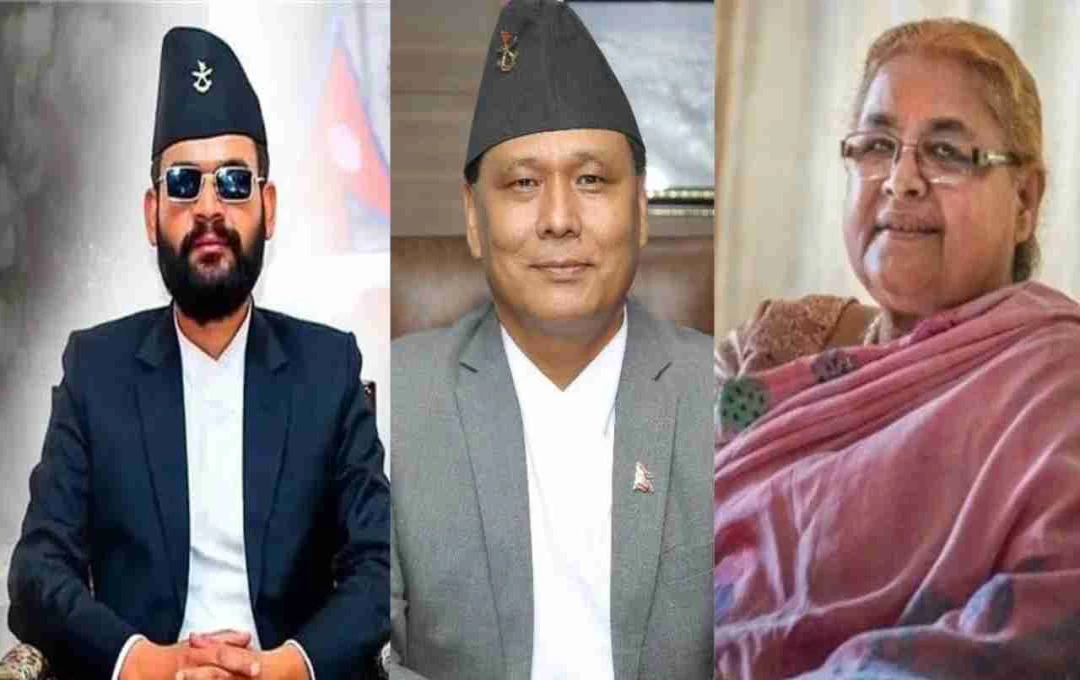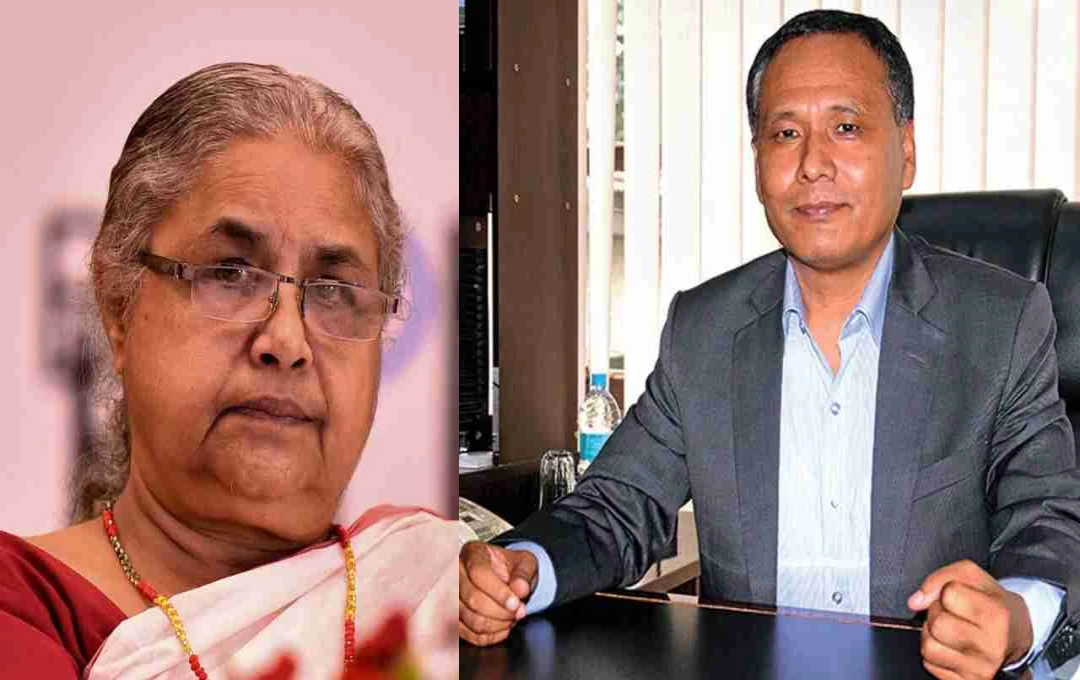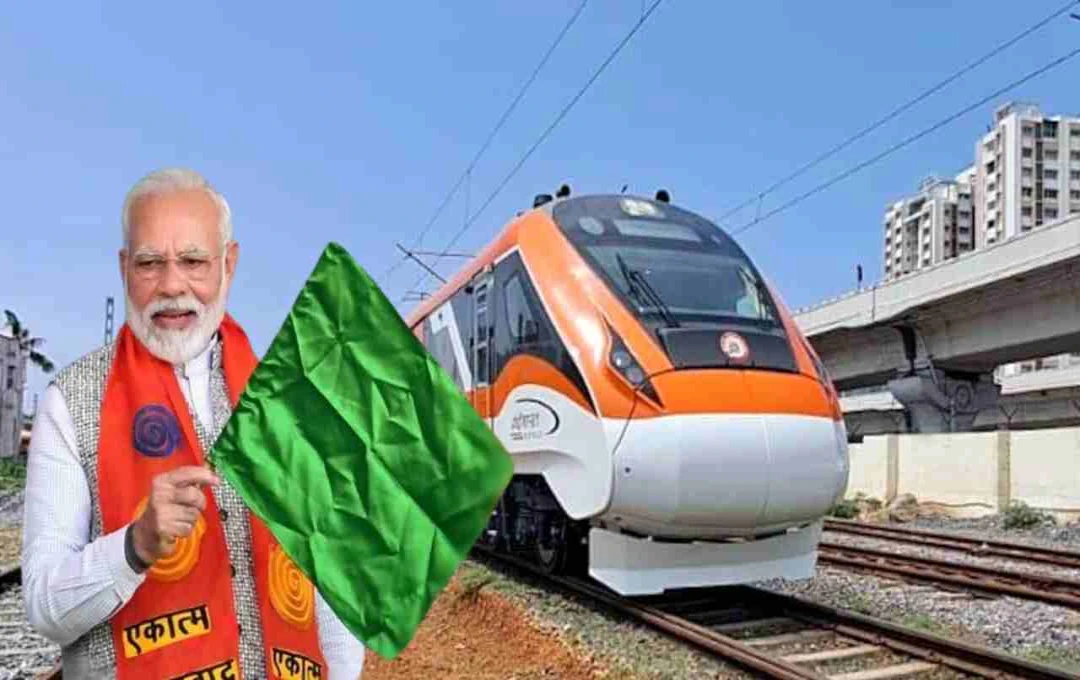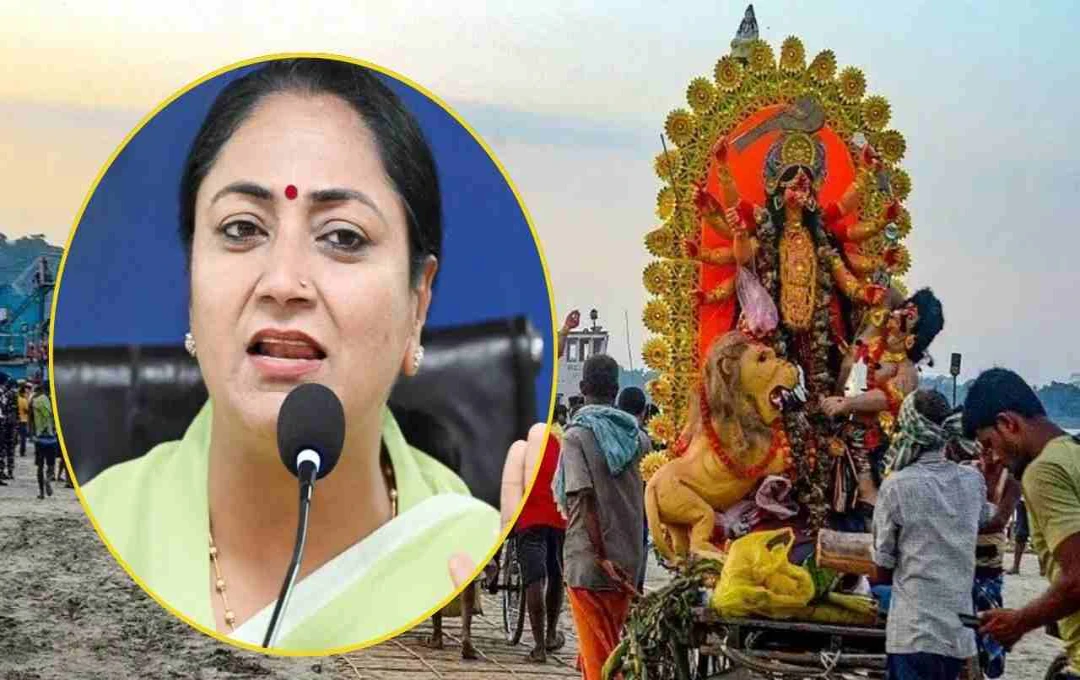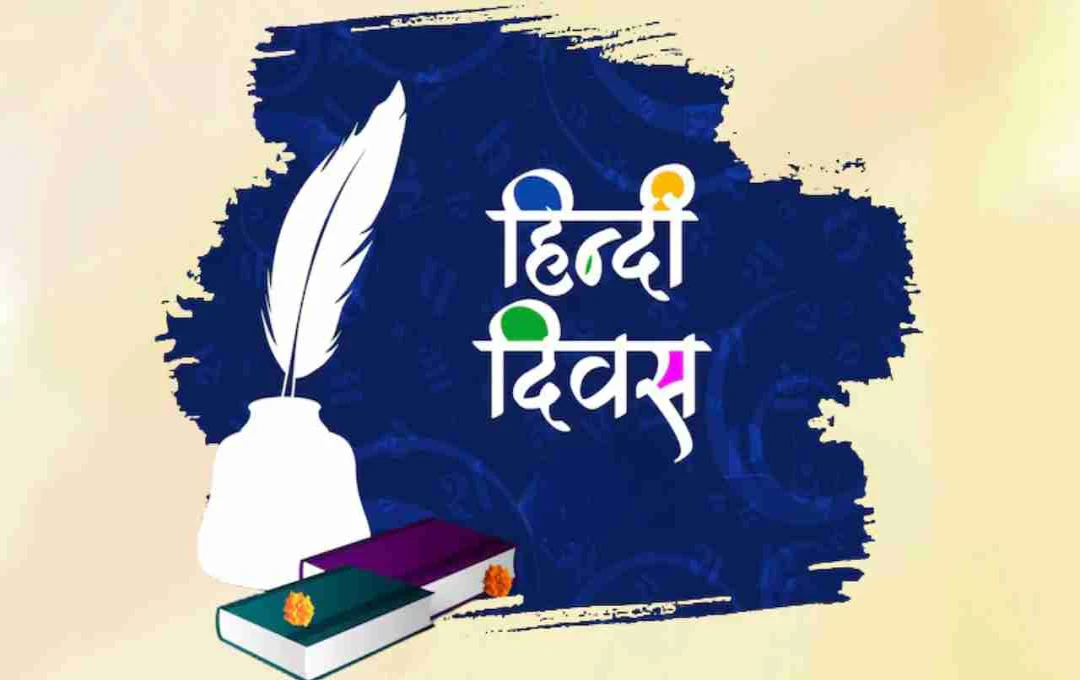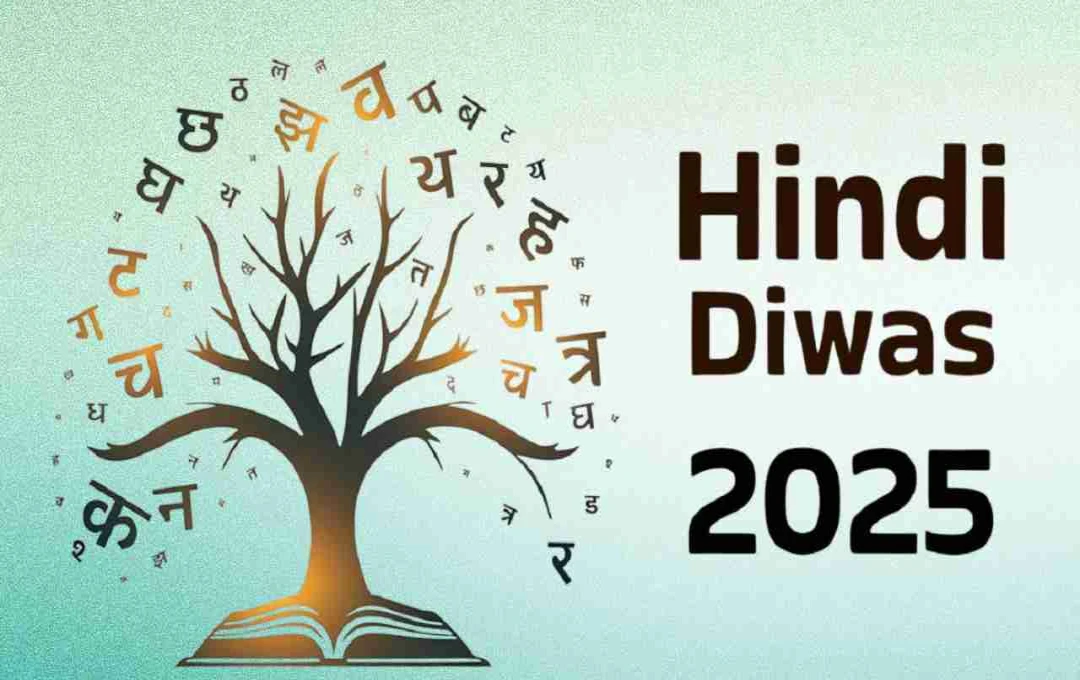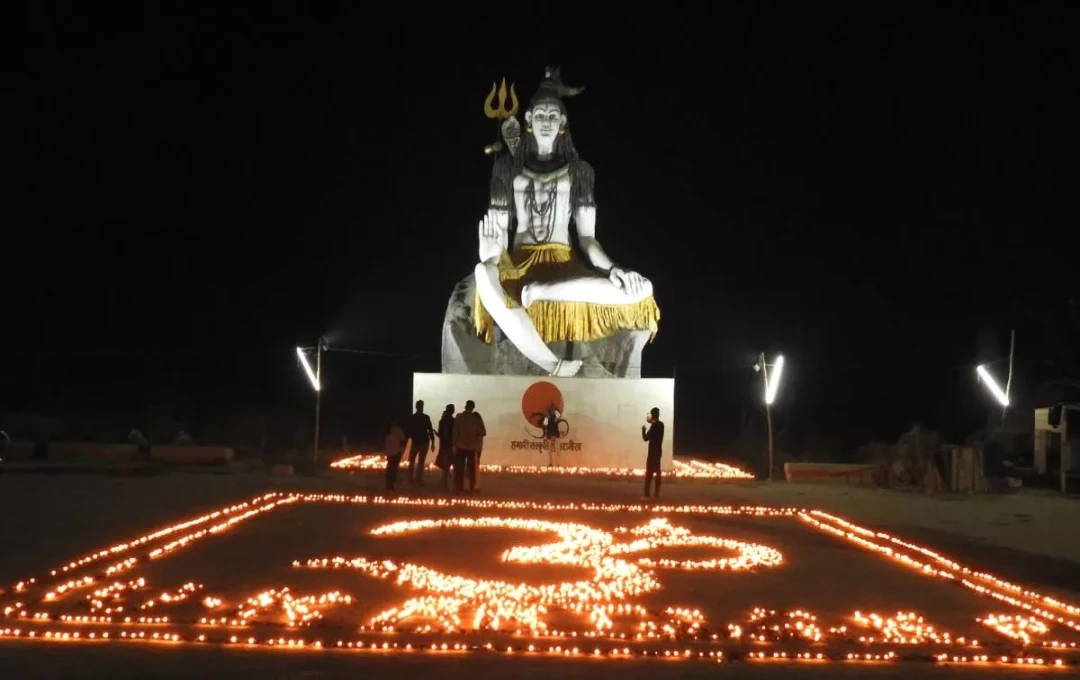Former King Gyanendra Shah of Nepal Increases Public Engagement Following Gen-Z Protests. He is visiting temples and reactivating pro-monarchy activities.
Nepal Protests: Approximately six months after the pro-monarchy protests in Nepal, former King Gyanendra Shah appears to be active once again. After the abolition of the monarchy in 2008, Gyanendra Shah had been living the life of a common citizen. In recent times, he has begun visiting temples and pilgrimage sites and has been trying to connect with the general public.
During the pro-monarchy movement, the public chanted slogans of "Come back, King, save the country." Now, the former king's activism following Generation Z protests has become a topic of discussion in political circles.
Signs of Political Return After 17 Years
Since the end of the monarchy in Nepal in 2008, Gyanendra Shah lived a quiet life for approximately 17 years. He resided in Nirmal Niwas in Kathmandu and also spent some time at his farmhouse in the Nagarjun hills. When he returned to Kathmandu in March 2025, thousands of supporters gave him a grand welcome and a procession was taken out to Nirmal Niwas.
In May 2025, he visited the royal palace with his family and offered prayers. Insiders believe these activities could be a sign of his political comeback.
In recent times, the former king has visited temples and pilgrimage sites in various areas, including Pokhara. His endeavor has been to establish contact with the common people. Experts believe that these steps are not merely religious or cultural but also carry political significance.
Rastriya Prajatantra Party and Demand for Monarchy
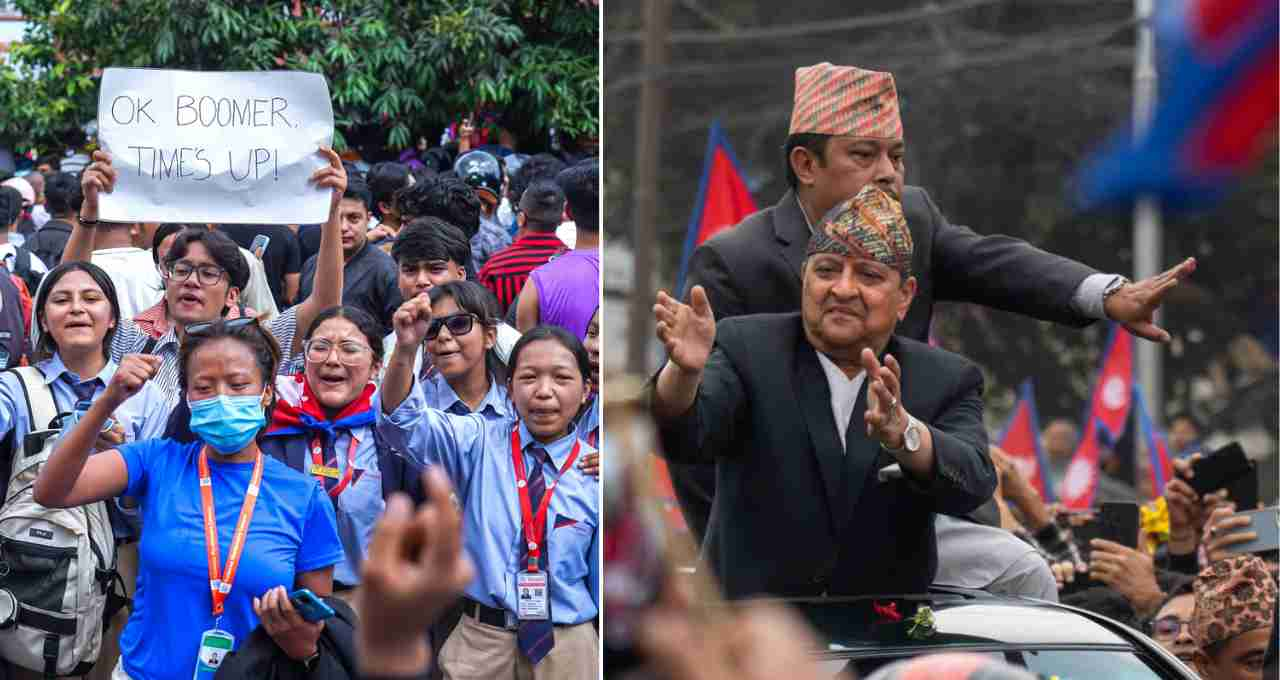
The Rastriya Prajatantra Party (RPP) is openly demanding the return of the monarchy and for Nepal to be declared a Hindu nation. Due to rising inflation, corruption, and unemployment in the country, public dissatisfaction has increased. At such a time, the former king's return and activism raise questions about whether the monarchy could return to Nepal.
Political experts state that balancing pro-monarchy activities with public dissatisfaction presents a significant challenge for the current government.
A Glimpse into Nepal's Political History
Nepal's politics has witnessed many ups and downs over the decades. Key events include:
- 1951: The Rana regime ended with the People's Movement.
- 1959: Nepal held its first democratic elections.
- 1960: King Mahendra dissolved parliament and implemented the Panchayat system.
- 1990: A multi-party democracy and constitutional monarchy were restored through a popular movement.
- 1996-2006: During the Maoist insurgency, the demand for the abolition of the monarchy intensified.
- 2001: King Birendra and several members of the royal family were killed in the royal massacre; Gyanendra Shah became king again.
- 2005: King Gyanendra took full power into his own hands and dissolved parliament.
- 2006: Parliament was restored through a popular movement, and the monarchy's powers were reduced.
- 2008: The end of the monarchy and the declaration of a democratic republic.
- 2015: A new constitution was adopted, establishing a federal structure and 7 provinces.
- 2022: General elections and a hung parliament led to an unstable coalition government.
- 2024: KP Sharma Oli became Prime Minister for the fourth time.
- 2025: Gen Z protests against the government; KP Sharma Oli resigns.
